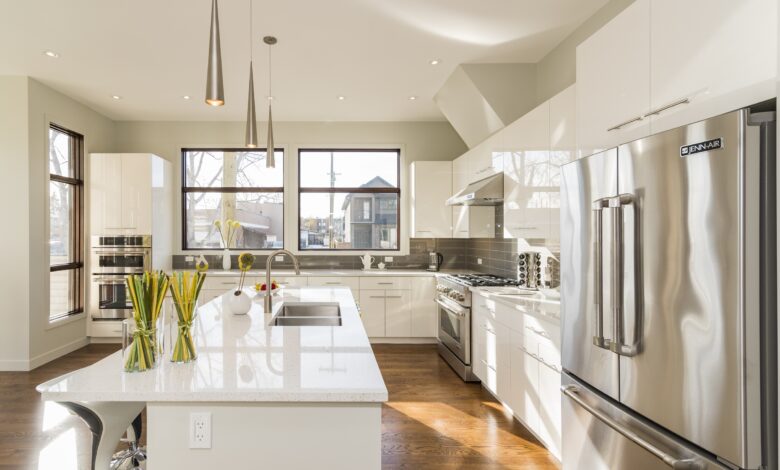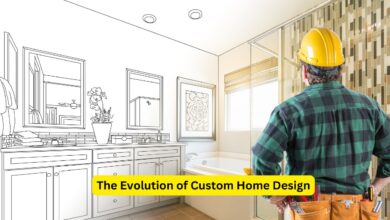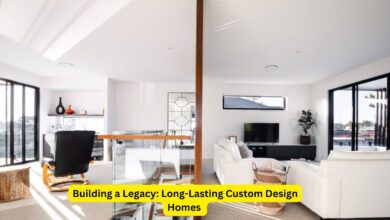Creating the Kitchen of Your Dreams: Tips for a Stylish and Functional Remodel

Transforming your kitchen into a stylish and functional space is a dream that many homeowners share. The kitchen is critical in daily routines and special gatherings as the centerpiece of household activity. It’s more than just a place to cook; it’s where meals are shared, conversations unfold, and memories are made. Whether considering a complete renovation or minor upgrades, grasping key planning strategies is essential to achieving a successful kitchen remodeling project. It involves a careful blend of aesthetic appeal and practical functionality, ensuring every component serves its purpose while enhancing the overall look. From integrating modern design elements to incorporating cutting-edge technology, there are many ways to create a harmonious kitchen space.
The key to an inviting and efficient kitchen is seamlessly combining beauty and practicality. Thoughtful design choices, alongside innovative storage solutions, pave the way for a space that serves both as an area for meal preparation and a central hub for family and friends. The kitchen is an extension of personal style and functionality, making it crucial to approach remodeling creatively and pragmatically. Embark on this journey by exploring the fundamentals that define a successful kitchen remodel—a space that is as unique as it is utilitarian.
The Basics of Planning Your Kitchen Remodel
Effective planning is the cornerstone of any kitchen remodel. It begins with setting a clear budget and timeline—a roadmap guiding the remodeling process. Determining how much you’re willing to invest and how long you can function without a fully operational kitchen are crucial steps. This strategic approach organizes resources and sets realistic expectations for the project’s scope. More than half of homeowners exceed their initial budget due to unforeseen complications. To avoid this pitfall, meticulous initial planning and consideration of potential design adjustments are necessary. Focusing on the kitchen layout, particularly the kitchen work triangle, which positions the sink, refrigerator, and stove for optimal efficiency and ease, can significantly enhance the kitchen space’s functionality.
Designing with Style and Function in Mind
A well-designed kitchen doesn’t just happen by chance; it requires a deliberate and balanced approach to aesthetics and functionality. Modern design trends favor open-concept layouts, minimalistic cabinetry, and seamless surfaces that merge style with functionality effortlessly. For instance, open shelving offers utility and a chance to showcase beautiful dishware while keeping essentials within easy reach. Considering how the space will be used during the design process is essential. Do you need a large prep area? Is a breakfast bar ideal for quick meals? Each design choice should reflect the lifestyle and taste of the home’s residents. Incorporating durable materials like quartz countertops provides a sophisticated appearance and resists everyday wear and tear. The resulting space should be as visually appealing as efficient, accommodating daily use with grace and style.
Innovative Storage Solutions for Every Kitchen
In a well-functioning kitchen, storage is king. Clever storage solutions can transform a kitchen’s operation despite any space constraints. Homeowners can leverage every inch by deploying vertical racks, installing pull-out organizers, or optimizing corner spaces with lazy Susans. Designers today are pushing the envelope with storage innovations, introducing features like toe-kick drawers that utilize baseboard space and built-in spice racks that keep counters clutter-free. These clever solutions are indispensable, especially in smaller kitchens, where maximizing space can prevent clutter from accumulating. Ensuring every item has its designated spot not only maintains a clean kitchen but enhances functionality, allowing quick and easy access to culinary tools and ingredients at any time.
Sustainable Choices for a Modern Kitchen
Eco-friendly materials like reclaimed wood, bamboo flooring, and recycled tiles present environmentally-conscious options and add character and depth to kitchen designs. The beauty of sustainability lies in its dual promise of reducing ecological impact and providing aesthetic uniqueness, as each piece bears its own story. These sustainable choices reflect a growing trend towards environmental responsibility, contributing to a home’s appeal and market value. Integrating sustainable materials can significantly diminish the carbon footprint of a remodel, positioning it as both a chic and ethical decision. Complementing these materials with energy-efficient appliances or LED lighting further deepens the commitment to sustainable living, offering long-term energy-saving savings and contributing to a greener planet.
Embracing Technology in Kitchen Design
The advent of smart technology transforms kitchen design from a utilitarian workspace to a high-tech hub of convenience and innovation. Integrating technology can reform how you interact with your kitchen, from wifi-enabled appliances to voice-controlled systems. Consider smart refrigerators, which offer entertainment features, maintain grocery inventories, and suggest recipes based on available ingredients. Moreover, automated lighting and climate control systems enhance convenience and efficiency, allowing you to create the ideal kitchen environment easily. These tech-driven innovations smooth the culinary process and support energy savings, adding value to the home. The evolution towards tech-savvy kitchens marks a shift from luxury to necessity, with their growing implementation reflecting lifestyle changes towards more connected living spaces.
The Role of Lighting in Creating Ambiance
Lighting is crucial in shaping the character and usability of a kitchen. Implementing a layered lighting strategy—including task lighting for dedicated workspaces, accent lighting for focal features, and ambient lighting for overall illumination—addresses style and functionality. For instance, under-cabinet lighting highlights countertops, whereas pendants provide a design statement and focused task illumination. The selection of lighting can entirely change the ambiance of a kitchen, and dimmable options provide the versatility to transition from a vibrant cooking space to a cozy dining area. Overall, thoughtful lighting design bridges the gap between utility and aesthetics, enhancing every kitchen experience.
Inspiring Kitchen Remodel Stories
Gathering inspiration from successful kitchen remodel stories shines a light on the boundless creativity that can transform a kitchen. These real-life examples underscore strategic choices and innovative designs, showcasing how every decision—from bold color palettes to innovative integration of vintage decor—can reflect personal taste and solve practical challenges. Consider, for instance, a case where a remodel was significantly enhanced by incorporating a multifunctional island that serves as a meal prep station, dining area, and storage unit. These stories of transformation serve as a testament to the potential of remodeling projects to blend practicality with beauty, encouraging homeowners to think outside the box and personalize their spaces.
Frequently Asked Questions About Kitchen Renovations
As with any major home project, undertaking a kitchen renovation brings several standard questions to the forefront. Addressing these concerns is pivotal to ensuring a smooth process and achieving desired outcomes. Many homeowners ponder the financial implications of completing a remodel or selecting selective upgrades. Timelines and the possibility of DIY roles, such as painting or installing fixtures, also generate curiosity. Exploring these FAQs, supported by expert advice, empowers you to align your remodel with your aspirations and practical considerations, resulting in a bespoke culinary haven tailored to your needs.



